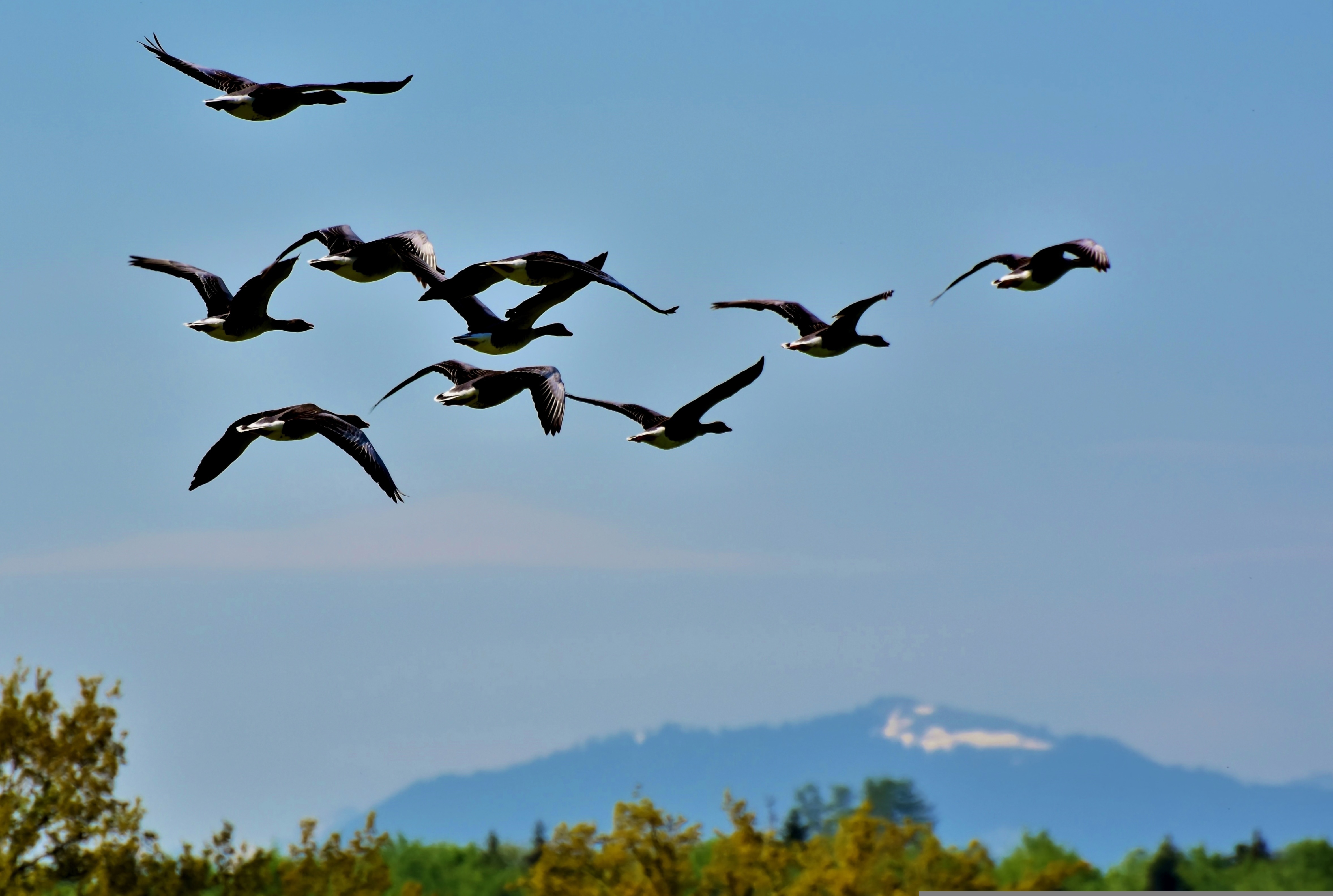
Avian Biodiversity
New paper
Posted by Jim Stagge on March 02, 2023
Reproduced from Ohio State Research News
U.S. Birds' Eastern, Western Behavior Patterns Are Polar Opposites
In a recent study, scientists at The Ohio State University analyzed avian biodiversity changes across the continental United States over the period of a year and produced what could be considered a baseline annual avian functional and species diversity pattern map. They used 2019 data from the Cornell Lab of Ornithology's eBird Status and Trends to study birds' ecosystem contributions, including their diet, body structure, and foraging methods, across all 12 months of the year.
The study's lead author Marta Jarzyna, assistant professor of evolution, ecology and organismal biology and a core faculty member at Translational Data Analytics Institute, collaborated with James Stagge, assistant professor of civil, environmental and geodetic engineering. Both authors are principal investigators at the Byrd Polar and Climate Research Center at Ohio State.
The study found differences in spatiotemporal variation between avian taxonomic diversity (TD) and functional diversity (FD) during bird migration; the seasonality of species richness follows a latitudinal gradient, while the seasonality of FD follows an east-west gradient. In the Eastern United States, the temporal patterns of TD and FD are opposite, with functional richness being highest in winter, likely due to decreased resource availability. In contrast, in the Western U.S., species and functional richness peak during the breeding season, with migratory birds contributing more to avian FD by possessing unique trait characteristics.
The study revealed that in the Eastern U.S., the functional diversity is lowest when species richness is high; as migratory species leave, the resident birds contribute more to the overall diversity of their ecosystem. The opposite is true in the Western U.S.: migratory birds contribute more to functional richness than resident birds.
The study suggests that an explicitly temporal framework is needed for multi-faceted biodiversity analysis and highlights the importance of considering the unique seasonal signals of biodiversity for conservation and management.
The National Science Foundation supported this work.
The study titled Decoupled spatiotemporal patterns of avian taxonomic and functional diversity, was published in Current Biology.